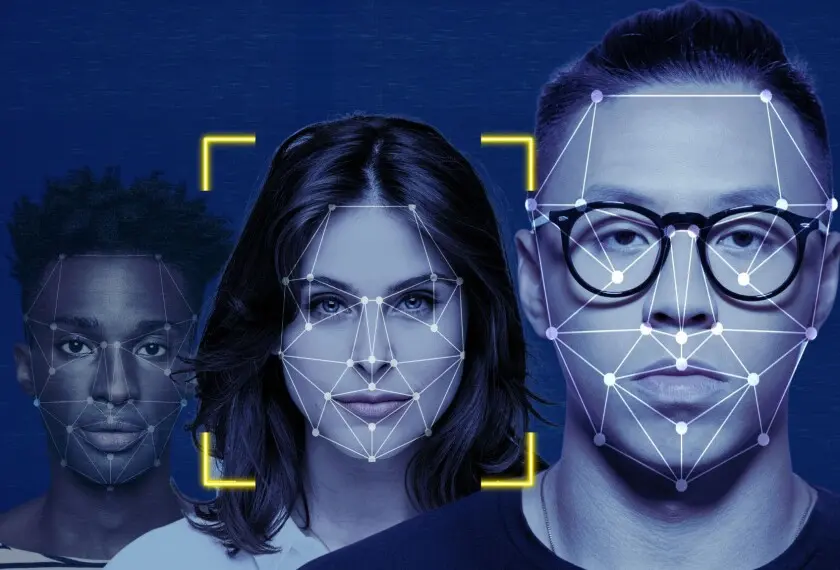CRIMINAL IDENTIFICATION
OVERVIEW
Criminal identification is used to accurately identify individuals involved in criminal activities, which enhances law enforcement efficiency, supports investigations, and helps ensure justice by matching suspects with evidence and records.

Biometric Identification
Uses unique physical characteristics such as fingerprints, facial recognition, and iris scans for accurate identification.
Database Integration
Accesses extensive criminal databases, including fingerprints, DNA profiles, and arrest records, to match suspects with existing records.
Forensic Analysis
Applies scientific methods to analyze physical evidence (e.g., DNA, ballistics) and link it to individuals.
Digital Evidence
Analyzes electronic evidence, such as digital footprints and social media activity, to support identification efforts.
Real-Time Data Access
Provides instant access to identification tools and databases, facilitating quick matches and responses.
Automated Systems
Employs automated fingerprint identification systems (AFIS) and facial recognition software for faster processing.
Enhanced Accuracy
Utilizes advanced algorithms and technologies to minimize errors and improve the reliability of identifications.
Interagency Collaboration
Facilitates information sharing and collaboration between law enforcement agencies for comprehensive investigations.
